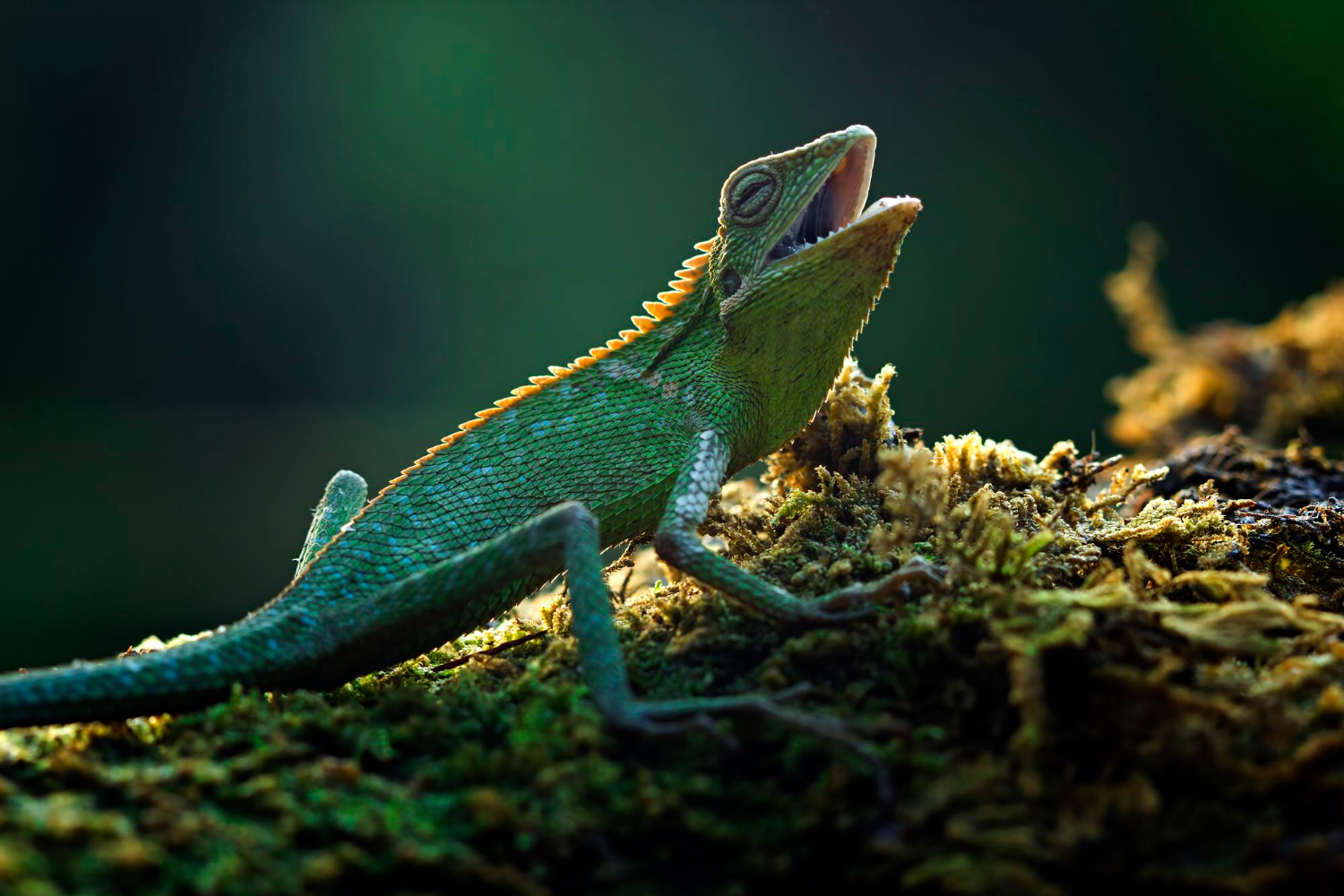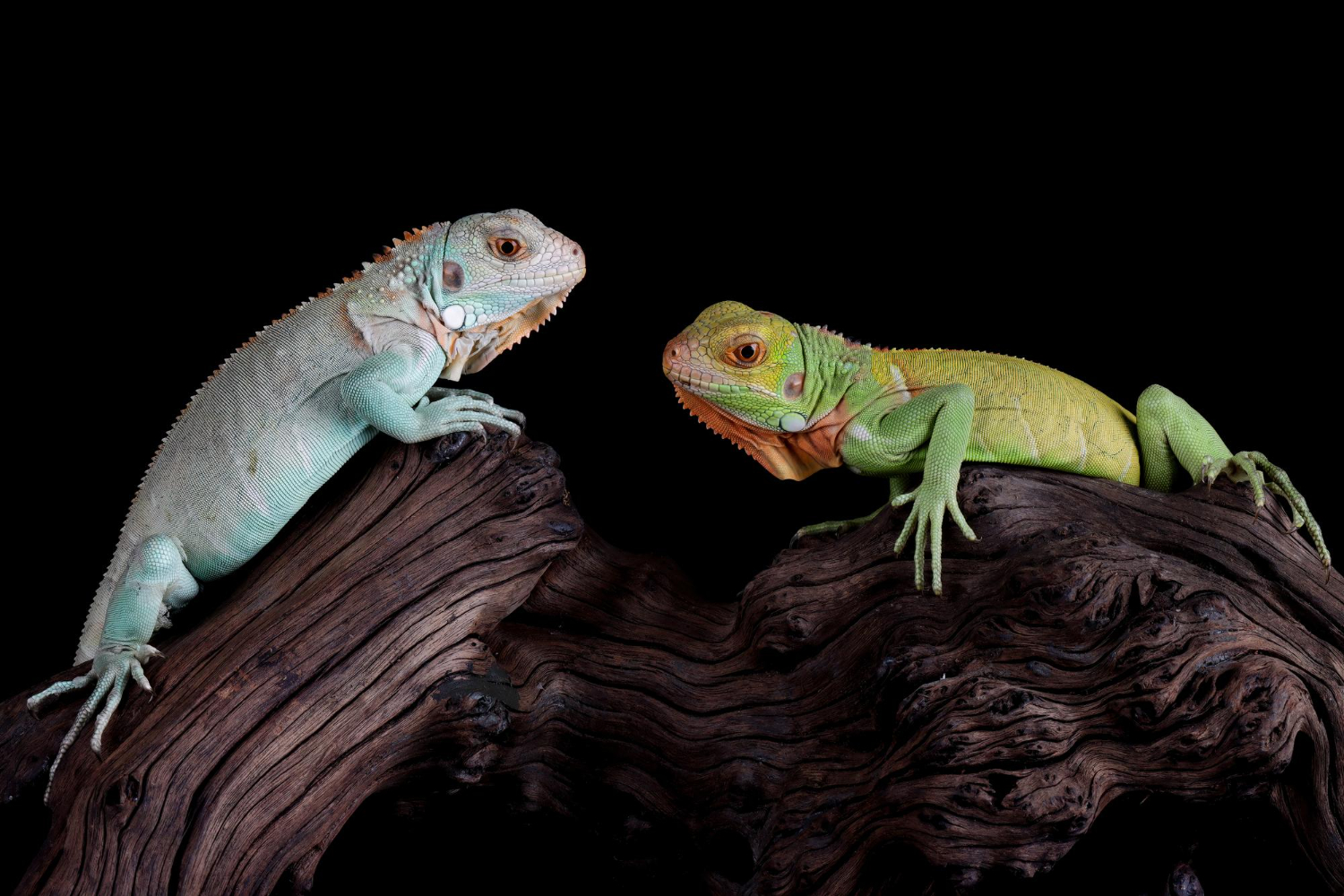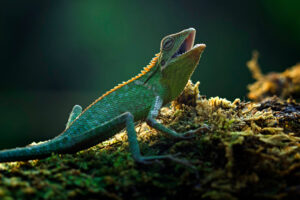Welcome, reptile enthusiasts and curious minds! Are you intrigued by the distinction between Turtles and Tortoises ? These fascinating reptiles share many similarities but also have distinct differences in their habitats, behaviors, and care requirements. Join me as we dive into the world of turtles vs. tortoises, unraveling their unique characteristics and helping you choose the perfect reptile companion for your lifestyle and preferences.
Table of Contents
Introduction
Turtles and tortoises are ancient reptiles that have roamed the earth for millions of years, captivating humans with their unique appearances and behaviors. While they belong to the same order of reptiles, Testudines, turtles and tortoises have distinct differences that set them apart. Let’s explore the fascinating world of turtles vs. tortoises and discover what makes each of these reptiles special.
Related Articles
Anatomy and Physiology
One of the key differences between turtles and tortoises lies in their anatomy and physiology:
- Shell Shape: Turtles typically have flatter, streamlined shells that are adapted for swimming, while tortoises have domed shells that provide protection and support for their terrestrial lifestyle.
- Feet and Limbs: Turtles have webbed feet or flippers that are adapted for swimming, allowing them to move efficiently through water. In contrast, tortoises have sturdy, elephantine feet with thick, columnar legs that are well-suited for walking on land.
Habitat and Behavior
Turtles and tortoises also differ in their habitat preferences and behavior:
- Aquatic vs. Terrestrial: Turtles are primarily aquatic or semi-aquatic, spending much of their time in water and emerging onto land only to bask or lay eggs. Tortoises, on the other hand, are strictly terrestrial, inhabiting dry, arid environments such as deserts, grasslands, and scrublands.
- Swimming Ability: Turtles are adept swimmers, using their streamlined bodies and webbed feet to propel themselves through water with ease. Tortoises, however, are not built for swimming and may struggle or even drown if submerged in water for extended periods.
Diet and Nutrition
Both turtles and tortoises are herbivorous, but their diets may vary depending on their species and habitat:
- Turtle Diet: Turtles primarily feed on aquatic vegetation, algae, aquatic insects, and small fish or invertebrates. Some species may also consume fruits and vegetables.
- Tortoise Diet: Tortoises graze on a variety of grasses, leafy greens, flowers, and succulent plants. Their diet is high in fiber and low in protein, reflecting their adaptation to dry, desert environments.
Lifespan and Size
Turtles and tortoises exhibit considerable variation in their size and lifespan:
- Turtle Lifespan: Depending on the species, turtles can live anywhere from several decades to over a century in captivity. Smaller species of turtles, such as red-eared sliders, may have shorter lifespans compared to larger species like sea turtles.
- Tortoise Lifespan: Tortoises are known for their longevity, with some species living well over 100 years in captivity. Giant tortoise species, such as the Galápagos tortoise, are among the longest-living reptiles on earth, with lifespans that can exceed 150 years.
Care Requirements
When considering turtles vs. tortoises as pets, it’s essential to understand their unique care requirements:
- Turtle Care: Turtles require spacious aquatic or semi-aquatic habitats with access to clean water, basking areas, and UVB lighting. Regular water quality maintenance, proper diet, and monitoring of shell health are essential for turtle care.
- Tortoise Care: Tortoises thrive in dry, arid environments and require spacious, outdoor enclosures with access to sunlight, shelter, and a variety of vegetation. Providing a balanced diet, maintaining proper temperatures, and ensuring proper hydration are crucial for tortoise care.
Choosing the Right Companion
When choosing between a turtle and a tortoise as a pet, consider factors such as:
- Habitat Setup: Determine whether you have the space and resources to provide the appropriate habitat for a turtle or a tortoise, taking into account factors such as enclosure size, substrate, and environmental enrichment.
- Lifestyle Compatibility: Consider your lifestyle and preferences when choosing a reptile companion. Turtles may be more suitable for individuals who enjoy aquatic habitats and are willing to invest in the maintenance of a water-based enclosure. Tortoises, on the other hand, may be a better fit for those who prefer terrestrial environments and have access to outdoor space for an outdoor enclosure.
Conclusion
In conclusion, the distinction between turtles and tortoises lies in their anatomy, habitat preferences, behavior, and care requirements. Whether you’re drawn to the aquatic lifestyle of turtles or the terrestrial habits of tortoises, both reptiles offer unique and rewarding companionship opportunities for reptile enthusiasts of all ages. By understanding the differences between turtles and tortoises and considering your lifestyle and preferences, you can choose the perfect reptile companion to enrich your life and bring joy into your home.
FAQs
1. Can turtles and tortoises live together?
While turtles and tortoises may coexist peacefully in certain situations, it’s generally not recommended to house them together due to differences in their habitat requirements and behaviors. Turtles require access to water for swimming, while tortoises need a dry, terrestrial environment. Mixing species can also increase the risk of disease transmission and aggression.
2. Are turtles and tortoises good pets for beginners?
Both turtles and tortoises can make rewarding pets for beginners, but they require careful consideration of their unique care requirements. Turtles may be more challenging to care for due to their aquatic habitat needs and the maintenance of water quality. Tortoises are generally easier to care for, but they require adequate space and environmental enrichment.
3. Do turtles and tortoises require special diets?
Yes, turtles and tortoises have specific dietary needs based on their species and natural habitat. Turtles typically require a diet of aquatic vegetation, insects, and fish, while tortoises thrive on a diet of grasses, leafy greens, and vegetables. It’s essential to research the dietary requirements of your chosen species and provide a balanced diet to ensure their health and well-being.
4. How can I create an ideal habitat for my turtle or tortoise?
Creating an ideal habitat for your turtle or tortoise involves providing the appropriate enclosure setup, including proper substrate, temperature gradients, lighting, and environmental enrichment. For turtles, this may include a spacious tank with a basking area and filtration system. For tortoises, an outdoor enclosure with access to sunlight and natural vegetation is ideal.
5. Are turtles and tortoises good pets for children?
Turtles and tortoises can be suitable pets for children under adult supervision. However, it’s essential to teach children about proper handling, hygiene, and care to ensure the well-being of both the child and the reptile. Parents should be prepared to take on primary responsibility for the care of the reptile and supervise interactions between children and their pet.
By considering these factors and understanding the unique needs of turtles and tortoises, you can make an informed decision about which reptile companion is right for you. Whether you choose a turtle or a tortoise, you’ll embark on a journey of discovery and companionship that will enrich your life for years to come.





